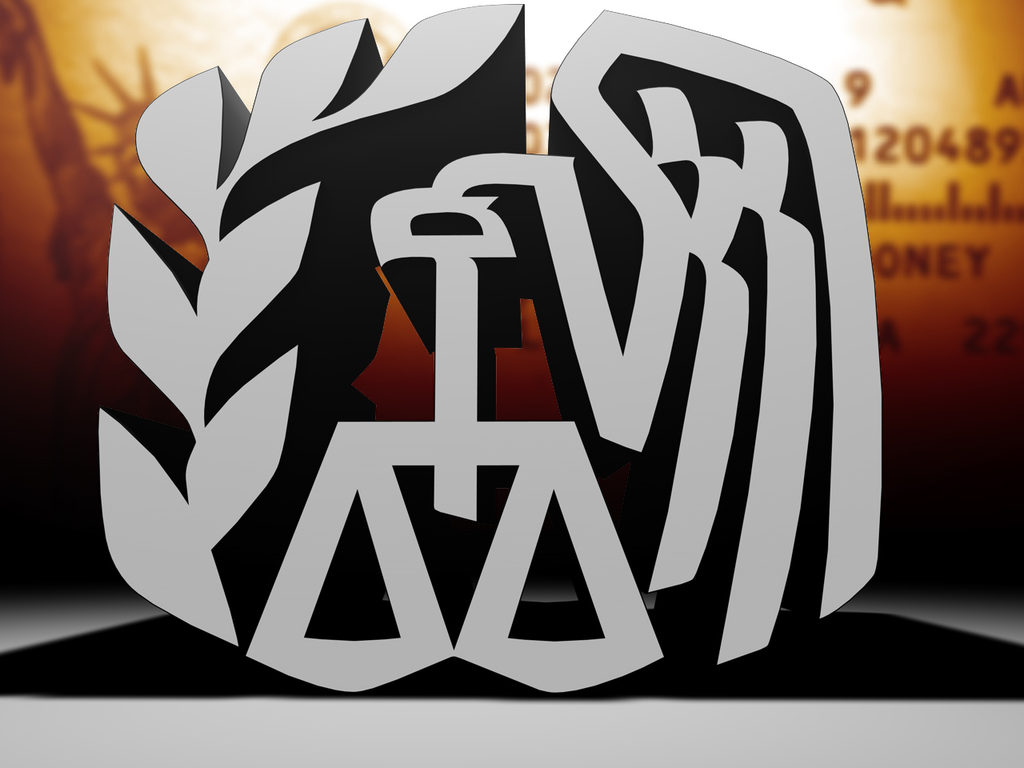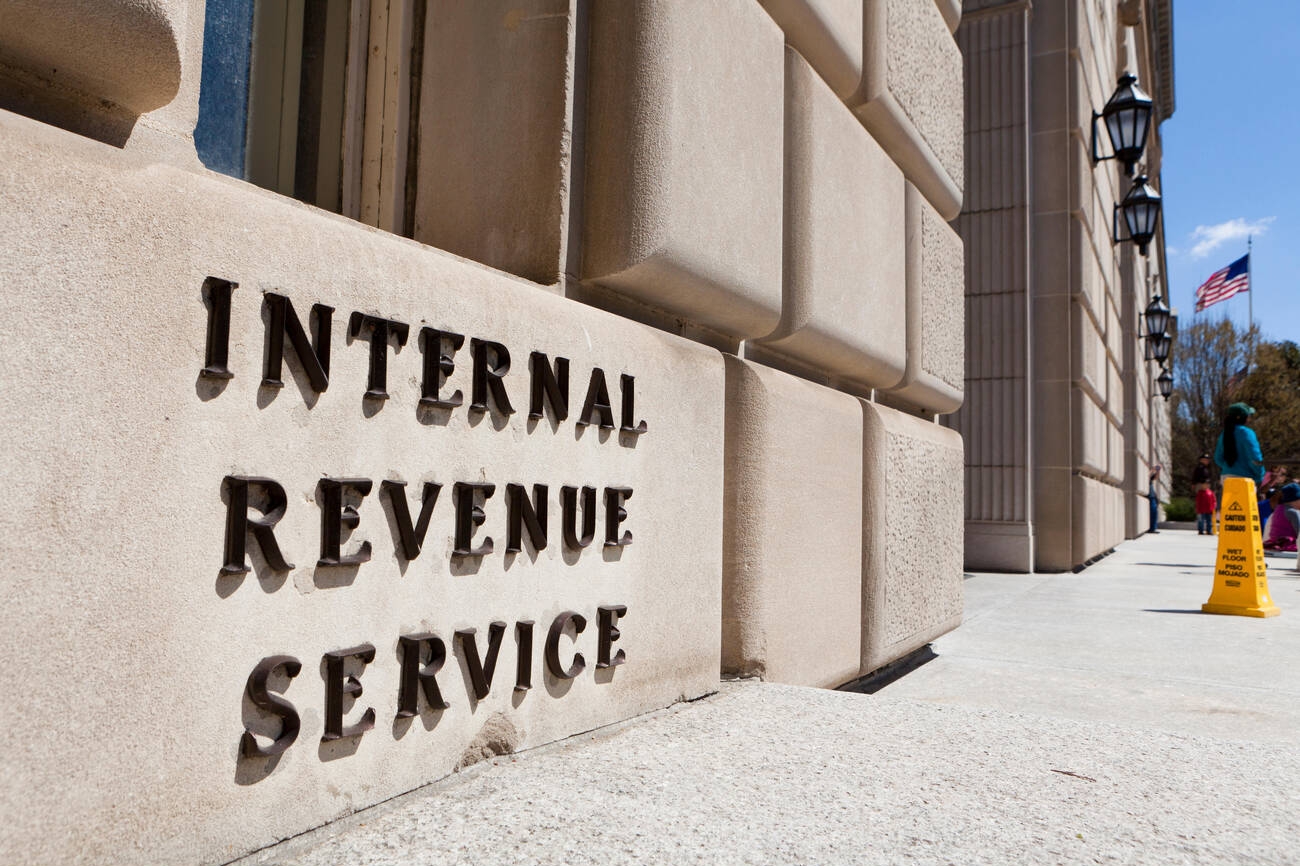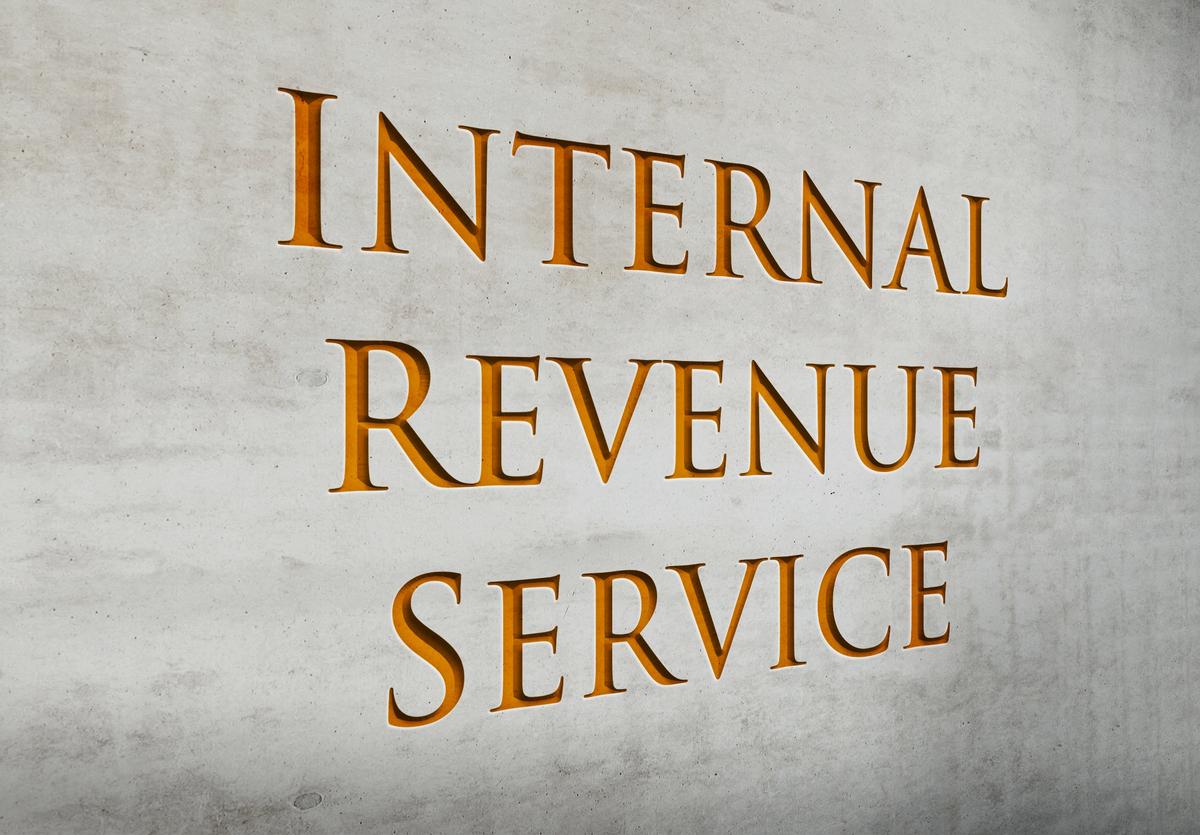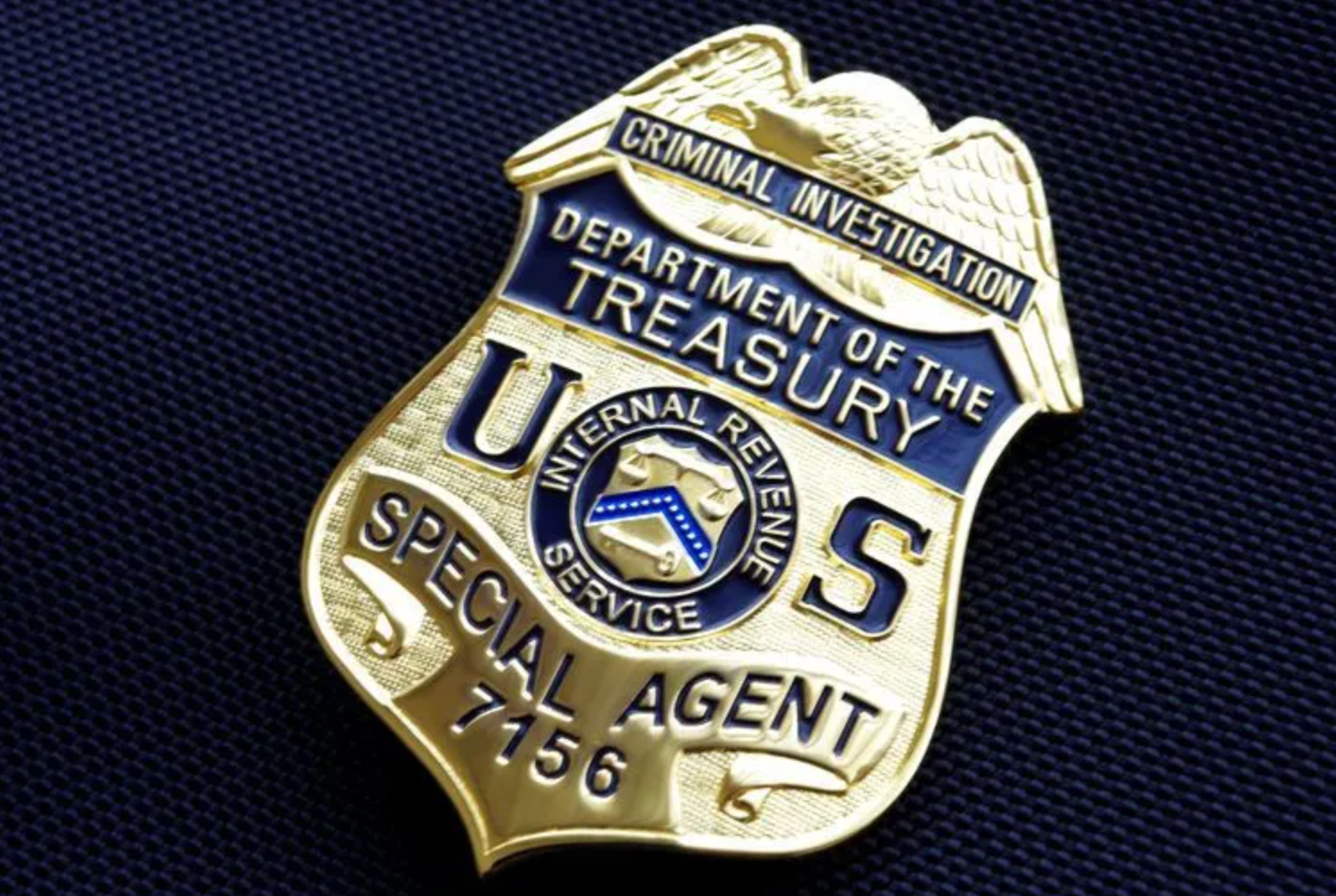For a limited time, businesses that incorrectly claimed the pandemic-era Employee Retention Credit (ERC) can voluntarily return the refunds they received without having to pay any penalties or interest—or worry about being audited.
The IRS announced on Aug. 15 that it’s reopening the voluntary disclosure program through Nov. 22, and those businesses that apply for and are accepted into the program have to repay 85% of the tax credit back to the agency.
“The disclosure program protects businesses from more costly future compliance action. The second voluntary disclosure program offers a 15% discount for businesses repaying credits for tax periods in 2021, a slightly reduced rate from the first program’s 20% discount that ended in March,” the IRS said in a media release.
This second round of the program is open for tax periods in 2021; employers can’t use this new window to disclose and repay ERC money from tax periods in 2020, the agency said.
During the first voluntary disclosure program that ended in March, the IRS received more than 2,600 applications from ERC recipients that disclosed $1.09 billion worth of credits.
The IRS also said on Thursday it plans to mail up to 30,000 new letters to reverse or recapture potentially more than $1 billion in improper ERC claims. Thousands more mailings on additional questionable payments will be made in the fall.

“The limited reopening of the voluntary disclosure program provides an opportunity for those with improper claims to come in ahead of IRS compliance work and get a discount on repayments,” IRS Commissioner Danny Werfel said in a statement. “This is especially important given increasing IRS compliance actions involving bad claims, many of them are the result of aggressive marketing tactics to lure unsuspecting businesses into claiming the complex credit. This provides a final window of opportunity for those misled businesses to make adjustments and avoid future compliance action by the IRS.”
The ERC is a refundable tax credit that was enacted during the height of the COVID-19 pandemic to encourage businesses to keep their employees on payroll. However, the program became inundated with fraud—much of which the IRS blames on aggressive marketing tactics and misleading claims by so-called ERC mills, which have encouraged ineligible businesses to apply for the credit.
Last week, the IRS announced it’s accelerating payments to businesses that had submitted legit claims for the tax credit and will now begin processing claims filed between Sept. 14, 2023, and Jan. 31, 2024. The agency had halted processing new claims last September and slowed processing those made before the moratorium.
In recent weeks, the IRS has sent out 28,000 disallowance letters to businesses whose claims showed a high risk of being incorrect, which the agency estimates will prevent up to $5 billion in improper payments. The IRS also said that thousands of audits are underway, and 460 criminal cases have been initiated.
“The push by promoters flooded the IRS with questionable ERC claims, which clogged our systems and slowed work,” Werfel said on Thursday. “We recognize well-meaning businesses are caught up in this, and we are taking important steps to help them. This includes reopening the voluntary disclosure program, as well as getting more payments out to qualifying businesses.”
The IRS said last week that it has identified 50,000 valid ERC claims and is quickly moving them into the pipeline for payment processing in the coming weeks. These payments are part of a low-risk group of claims, according to the agency.
Today, the agency said it plans to mail “clawback” notices that could total up to 30,000 to taxpayers notifying them that the IRS is reversing or recapturing their previous credit. Several thousand letters have already been mailed, with more expected to be sent in the coming weeks and into the fall.
The IRS notes that those who receive these recapture letters will be ineligible to participate in the voluntary disclosure program for the calendar quarter the letter covers.
This is the second round of these letters. Previously, the IRS determined that more than 12,000 businesses filed claims that were improper for tax year 2020, resulting in $572 million in assessments.
The latest letters generally involve larger claims than earlier letters because Congress increased the maximum ERC in 2021 from $5,000 per employee per year in 2020 to $7,000 per employee for each quarter of the year in 2021, the IRS said.
When the IRS identifies an employer that has received excessive or erroneous ERC, the agency said it will reclaim the credit through normal tax assessment and collection procedures.
“This new round of letters serves as another incentive for businesses that believe they received an erroneous Employee Retention Credit payment to come forward and participate in the disclosure program and resolve the matter on more favorable terms,” Werfel said. “The disclosure program provides a limited, unique opportunity to avoid future IRS compliance problems, as well as sidestep a significant repayment fee with penalties and interest.”
If the IRS paid interest on the employer’s ERC refund claim, the employer doesn’t need to repay that interest. Employers that are unable to repay the required 85% of the credit may be considered for an installment agreement on a case-by-case basis, pending submission and review of Form 433-B, Collection Information Statement for Businesses, and all required supporting documentation.
The IRS said it won’t charge program participants interest or penalties on any credits they timely repay. However, if an employer can’t repay the required 85% of the credit at the time they sign their closing agreement, they’ll be required to pay penalties and interest in connection with an alternative payment arrangement such as an installment agreement.
To qualify for the voluntary disclosure program, employers must provide the IRS with the names, addresses, telephone numbers, and details about the services provided by any advisors or tax preparers who assisted them with their claims.
The IRS has provided a set of frequently asked questions about the second ERC voluntary disclosure program to help businesses understand the terms of the program and how to apply.
Thanks for reading CPA Practice Advisor!
Subscribe Already registered? Log In
Need more information? Read the FAQs
Tags: IRS, Legislation, Payroll, Small Business, Taxes




